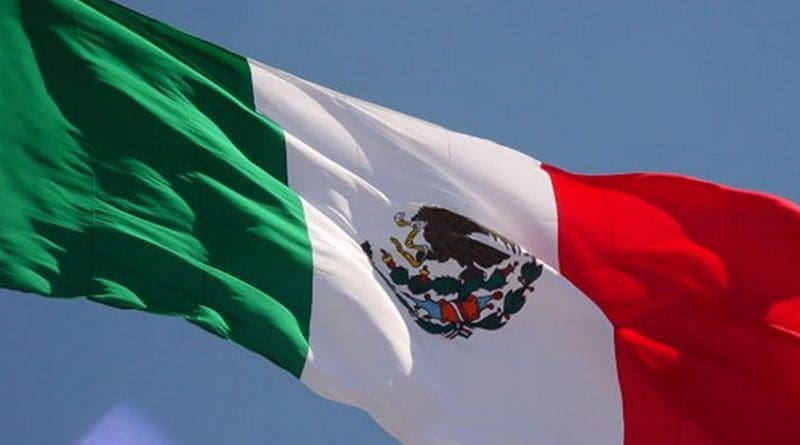The Class Struggle In Mexico – OpEd
By James Petras
Capitalist expansion and the explosion of class struggles in Mexico follow a very distinct trajectory. Large scale, long-term foreign investment in minerals and land from the late 19th to early 20th century based on high intensity exploitation, set the stage for the Mexican Revolution.
The correlation of forces shifted dramatically in favor of peasant armies, led by Emilio Zapata and Pancho Vila. The subsequent counter-revolution, from the 1920’s to mid-thirties temporarily reversed the process and witnessed the rise of a new post-revolutionary elite, allied with the US petroleum multi-nationals.
The second social upheaval began in the mid-1930’s to the end of the decade. Large-scale movements of class conscious oil workers and landless rural peasants expropriated and nationalized oil fields and landed estates establishing indigenous rural co-operatives, “ejido’.
By the early 1940s the class struggle from below was contained by the corrupt political leadership of the PRI the self-styled ‘revolutionary party’.
From the early 1940’s to the late 1960’s, Mexico was ruled by a business elite which deepened its ties and dependency on the US while retaining some of the social advances of the earlier revolutionary wave.
The balance of power shifted dramatically to the elite in the 1980’s. The class struggle from above gained ascendancy and proceeded to reverse the entire past revolutionary legacy.
Oil was privatized; co-operatives were dissolved; labor unions were ‘incorporated’ by the state; Mexico’s entire market came under US control through NAFTA.
In the face of the capitalist offensive, labor, the peasantry and the indigenous communities revolted in a wave of regional, sectoral and popular revolts.
Electoral contests were successful but the elite denied the victorious outcome.
Peasant army uprisings gained rural communities but were violently repressed or ‘contained’ when they spread.
Multitudinous marches, protests and barricades by students and professors in Mexico City successfully challenged the President’s dictatorial prerogatives but they were quelled by mass killings by the army and its death squads.
Trade unions led by electoral workers, teachers, oil and factory workers advanced social agendas but suffered massive expulsion and state intervention.
The class struggle in Mexico retains a powerful capacity to engage millions in direct action but lacks the national political and social unity to seize state power.
Mexico is the Latin American country with the greatest number of popular struggles but has the least capacity to mount a unified revolutionary movement.
The class struggle in Mexico is very fragmented, even as it undertakes heroic efforts to engage in regional, factory and provincial social struggles.
In Mexico, the alliance between foreign investors, business billionaires and the state machine controls state power; the workers, peasants and popular movements exercise hegemony at the local and sectoral level.
The correlation of forces between ‘capital and labor’ remains subject to permanent contestation. History and current practice tells us that the ebb and flow of class struggle is still indeterminate.

